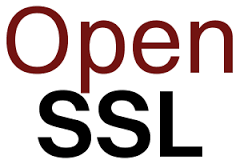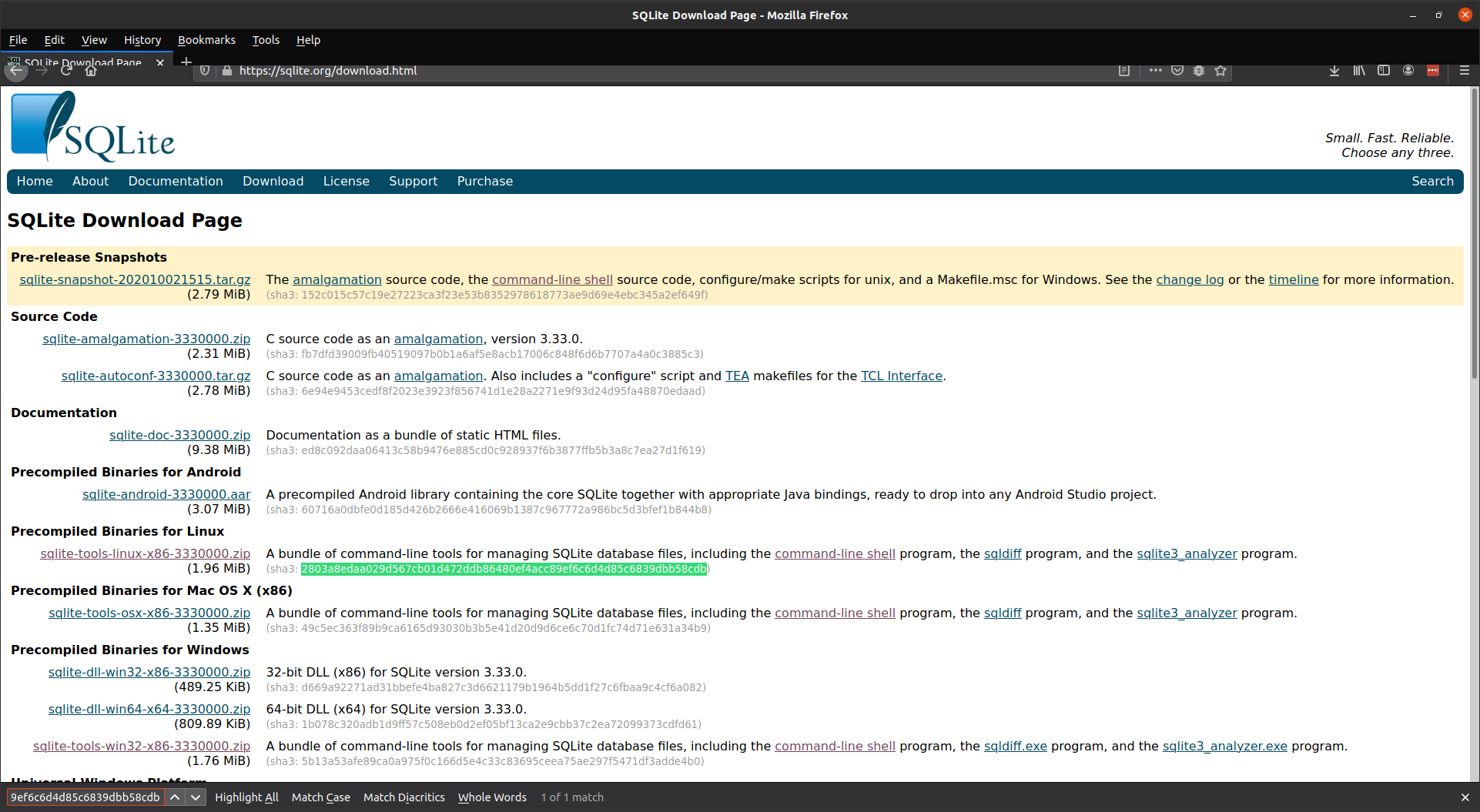
The default life for a certificate and a CRL. These simply define the way that the name and certificate information are displayed to you for "confirmation" before signing a certificate and should be left as-is. Note that you do not want copyall here as it's a security risk and should only be used if you really know what you're doing. When acting as a CA, we want to honor the extensions that are requested. This defines the section in the file to find the x509v3 extensions to be added to signed certificates.
#Openssl com serial#
crldir This isn't a config option to openssl, so it's just defining a variable like $dir crlnumber This is the serial number, but for CRLs crl The current CRL RANDFILE This is a random file to read/write random data to/from. You should not initialize this with a number! instead, use the -create_serial option, as mentioned in our Creating a CA page.

#Openssl com serial number#
certificate CA certificate private_key CA private key serial The serial number which the CA is currently at. Openssl uses this internally to keep track of things. database This is the database of signed certificates. This is, as you might expect, where certs go after we sign them. "dir" is not a key that openssl recognizes, so it's just a varible.Ĭerts / new_certs_dir Depending on version, one or the other of these may be used, so we assign one a value and assign it to the other. Here we start our CA_default section and defined a variable to hold our base directory. This "default" section to use can be overridden by passing -name to ca. However, the only thing that should be in the CA section is the name of the default CA's section. The "ca" section defines the way the CA acts when using the ca command to sign certificates. This means there is no finite list of possible sections that the parser understands. Sometimes a key's value is expected to be a section name.

Anything within a section is a simple key=value pair. For starters, it's an INI-type file, which means sections begin with and run until the next section begins. Let's start with how the file is structured. But most options are documented in in the man pages of the subcommands they relate to, and its hard to get a full picture of how the config file works. The man page for nf covers syntax, and in some cases specifics.


 0 kommentar(er)
0 kommentar(er)
